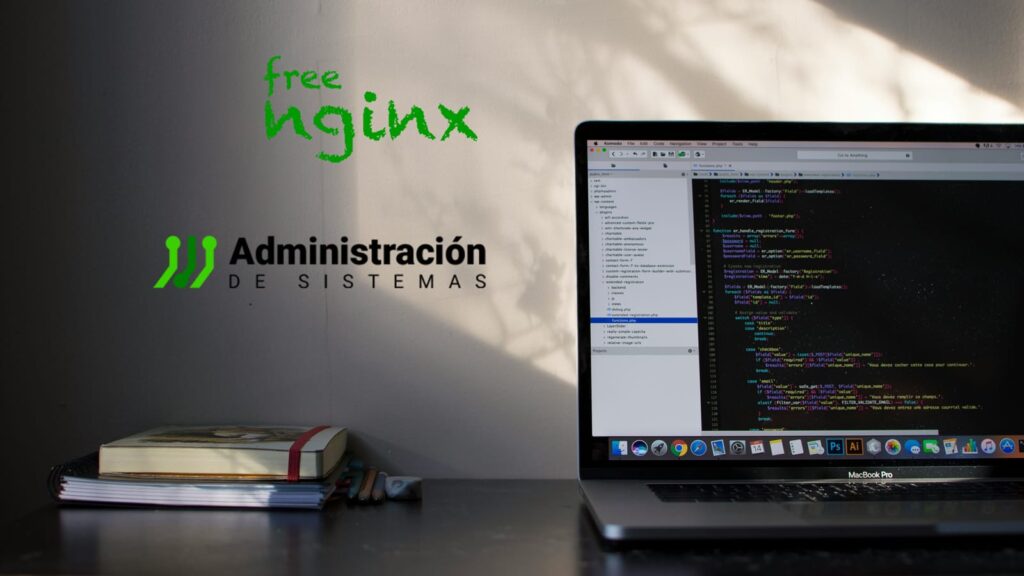In a digital landscape where speed and stability are essential, optimizing server performance has become a top priority for businesses and system administrators. A server’s ability to efficiently handle requests directly impacts user experience, customer conversion rates, and search engine visibility. Poorly optimized servers can lead to slow response times, frequent crashes, and inefficient resource usage, ultimately resulting in financial and reputational losses.
The Crucial Role of Server Performance in the Digital Ecosystem
Web server performance is a critical indicator of an infrastructure’s ability to manage traffic and process data efficiently. With the rise of e-commerce, cloud applications, and real-time services, server demands have increased significantly. Businesses relying on their digital presence cannot afford downtime or high latency, as these factors negatively affect user experience and overall profitability.
Recent studies reveal that a one-second delay in page load time can decrease conversion rates by 7% and reduce user satisfaction by 16%. Additionally, Google penalizes slow-loading websites in search rankings, making digital visibility and marketing efforts more challenging.
Key Strategies to Optimize Servers and Improve Response Time
Technology experts and system administrators have developed various strategies to enhance server performance. From regular updates to load balancing and caching systems, there are multiple ways to optimize digital infrastructure. Below are the most effective strategies used by companies to ensure maximum server efficiency.
1. Regular Server Maintenance and Updates
One of the most common mistakes in server management is running outdated software. Keeping the operating system, applications, and security configurations updated is crucial to avoiding vulnerabilities and improving performance.
Recommended Measures:
- Apply security patches and performance updates regularly.
- Optimize system configurations based on vendor recommendations.
- Remove temporary files and unnecessary data that may slow down the server.
Regular updates not only enhance server security but also optimize its response capabilities and minimize unexpected failures.
2. Implementing Caching Systems
Caching reduces server load by storing previously generated data for reuse in subsequent requests. Different levels of caching can significantly improve digital platform performance.
Types of Caching Used in Optimized Servers:
- Static Content Caching: Stores images, CSS files, and JavaScript to reduce repeated processing.
- Database Caching: Saves responses from frequently executed queries to lighten database workload.
- Application Caching: Optimizes execution by avoiding redundant calculations in web applications.
Recommended Tools:
- Varnish Cache: Specialized in speeding up dynamic content-heavy websites.
- Redis and Memcached: Advanced solutions for database caching.
Using these technologies can reduce processing load by up to 80%, significantly improving website response times.
3. Optimizing Databases for Maximum Efficiency
Databases are the backbone of many web services, and their performance plays a critical role in server speed. Poorly designed queries or inefficient indexing can create bottlenecks and slow down operations.
Techniques for Database Optimization:
- Table Indexing to speed up information retrieval.
- Eliminating unnecessary records that increase database weight.
- Using optimized queries to reduce processing time.
Additionally, solutions like MySQL Query Cache and MariaDB Performance Schema help reduce workload on servers handling large volumes of data.
4. Load Balancing to Distribute Traffic Efficiently
High-traffic servers require a system that evenly distributes requests. Load balancing helps divide incoming traffic across multiple servers, preventing overload and ensuring fast responses for users.
Types of Load Balancing:
- Software-Based Load Balancing: Tools like NGINX and HAProxy efficiently distribute traffic without additional hardware.
- Hardware-Based Load Balancing: Used in enterprise environments with high demand, requiring specialized devices for traffic management.
- Content Delivery Networks (CDNs): Distribute content across multiple servers worldwide, improving access speed for users in different regions.
Companies like Amazon Web Services and Cloudflare have implemented advanced load-balancing solutions that manage traffic spikes without compromising system performance.
5. Continuous Server Performance Monitoring
Real-time monitoring is essential for detecting problems before they impact user experience. Analytics tools help identify bottlenecks and adjust configurations to optimize server performance.
Recommended Monitoring Tools:
- Grafana and Prometheus: Provide real-time server performance insights.
- Zabbix and Nagios: Offer automated alerts for performance issues.
- New Relic and Datadog: Analyze application impact on server efficiency.
Effective monitoring reduces downtime and enhances system stability.
Conclusion: Server Optimization as a Competitive Advantage
In an increasingly demanding digital market, ensuring server speed and stability is essential for business competitiveness. Implementing optimization strategies not only improves user experience but also reduces operational costs and enhances resource efficiency.
Businesses that invest in optimized servers achieve faster load times, lower bounce rates, and higher search engine rankings. Tools like CloudPanel, Varnish Cache, and Redis have proven critical in enhancing server performance in high-traffic environments.
As technology evolves, system administrators must stay up to date with the latest trends and tools to ensure their digital infrastructure operates at peak efficiency. Server optimization is not a one-time task but a continuous process requiring constant attention and adjustments to meet the ever-changing demands of the digital market.

